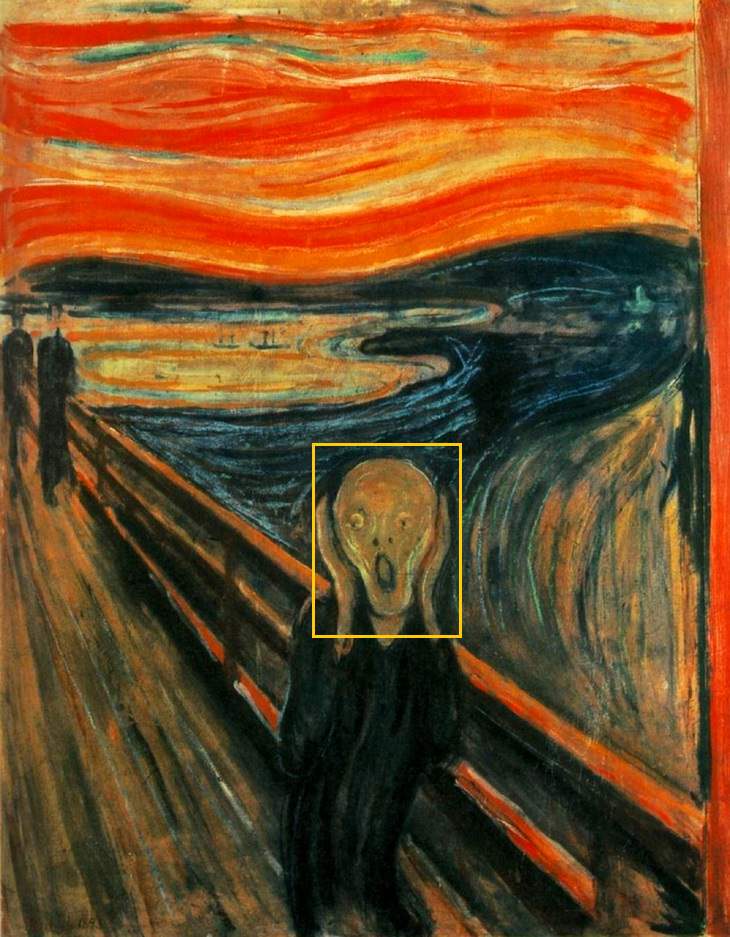
Some people believe that world-famous artworks lose their charm and enigma once they gain so much fame that they need a personal publicist. Kelly Grovier, a famous art critic and expert, claims otherwise.
Under a magnifying glass, even the most famous paintings can reveal a brand new side to them, he believes. The 8 examples we mention clearly prove his point, as these tiny and seemingly unimportant details give a brand new insight into the supposedly all-too-familiar classics.
Klimt often added curious details to the gold patterns that decorate a lot of his artworks, and his most famous painting, The Kiss, is no exception. The Viennese painter must have been particularly inspired and fascinated by microbiology. In fact, Vienna at that time was the location for medical innovations, among which was the discovery of blood types by Karl Landsteiner in 1900. Also, Klimt had attended lectures in cellular biology and saw the cells and tissues under a microscope.
The proof of this is literally right in the middle of the painting. Notice how the dress of the female figure decorated with colorful Petri dishes filled with red blood cells and other cells with nuclei, a tiny detail that transforms a love story into the artists’ love note to life and medicine.
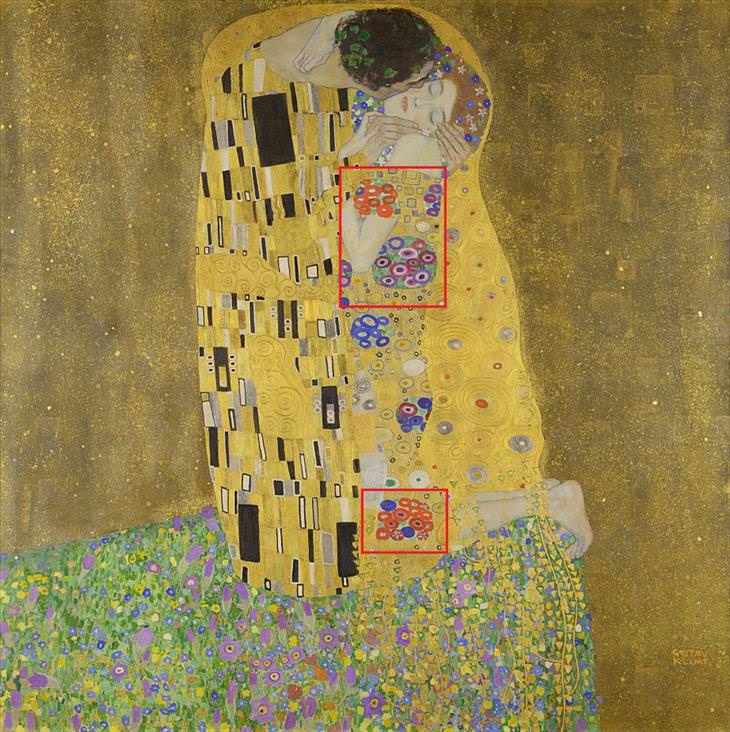
As the Zephir wind blows on the golden locks of Venus, it very deliberately forms a curl in the shape of a perfect spiral. This is a reference to the famous rule of the golden ratio, first discovered by Greek mathematicians and widely-used by artists, mathematicians and engineers alike ever since.
In this manner, the Renaissance masterpiece hints at the true origin of beauty: balance and proportion. Simultaneously, it strengthens the tie to the antique times even more, wrapping everything up in a perfect circle.
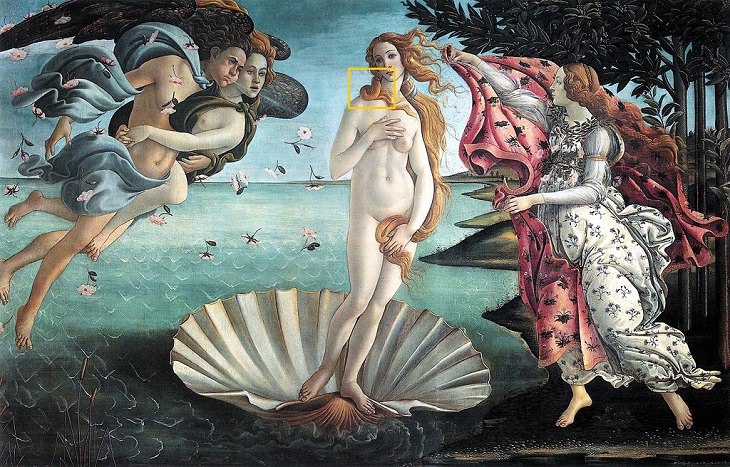
So, what’s so special about a guy carrying an egg, you might ask? Well, for starters, we must remember that Bosch’s painting is first and foremost an ode to the Christian religion, and in Christianity, the egg has a very set symbolic meaning: the resurrection of Jesus Christ. And since the painting depicts the artist’s vision of the afterlife, it is a way for him to highlight God’s presence.
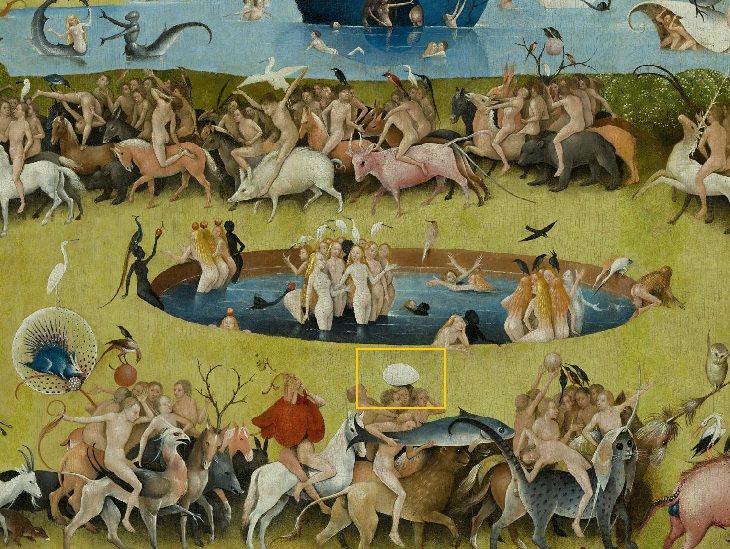
Also, the egg is a metaphor to life itself. In fact, this is not the only egg on the painting. As you can also see in a full-scale photo of the paintings below, other objects are deliberately painted in an oblong shape, too, to really deliver the idea of resurrection and eternal life home.
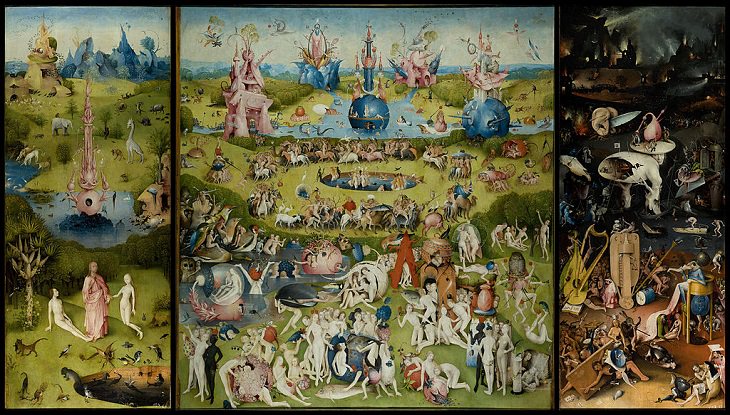
The factory chimneys with tall smokestacks in the background of this painting are a tribute to French chemist who invented a color-overlapping technique that birthed pointillism as a Neo-Impressionist genre.
Michel Eugène Chevreul discovered that two colors slightly overlapping or when close together have the effect of a third color from distance. Why Seurat paint chimneys as a tribute, then, you ask? Simply because Chevreul also discovered a candle-making technique used in factories at the time.
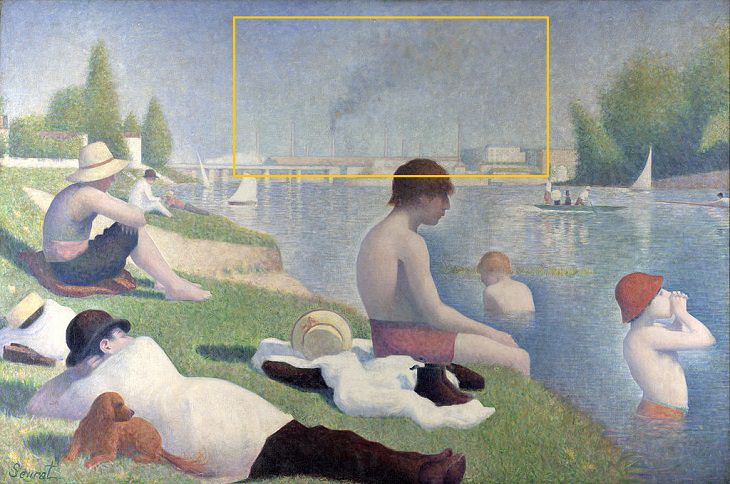
A hare running in the field is a curious and seemingly random detail one would easily miss or simply dismiss as unimportant in this painting. If you were to do that, however, you would make a grave mistake, as this tiny detail adds a lot of perspective to the painting.
The running hare signifies the fleeting and vulnerable nature of life, which, in this case, is also a symbol of grief and empathy towards the victims of the train wreck that inspired the famous work of art.
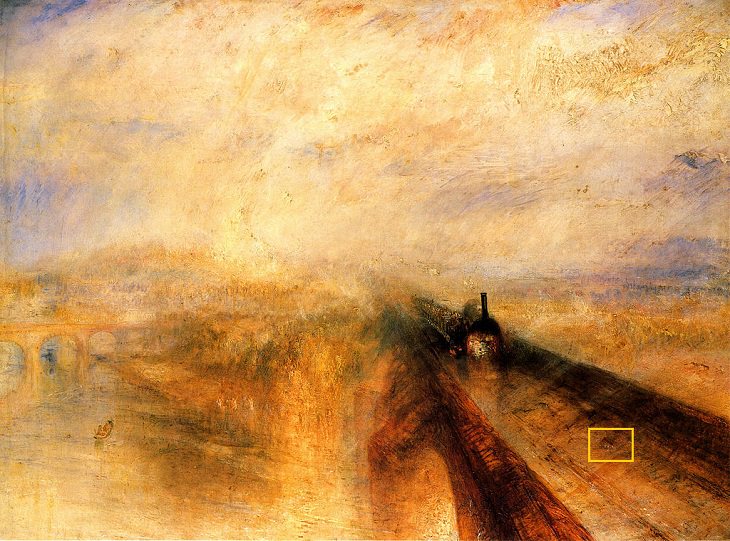
This 70m long embroidery tells the story of the Norman Conquest in amazing detail. In this excerpt, for example, one can admire the precision and attention to detail of the seamstresses that created this masterpiece.
The Norman King Harold was, in fact, killed on the battlefield by an arrow shot through his head, which is exactly what the embroidery depicts. This moment symbolizes the end of the Norman Conquest of England.
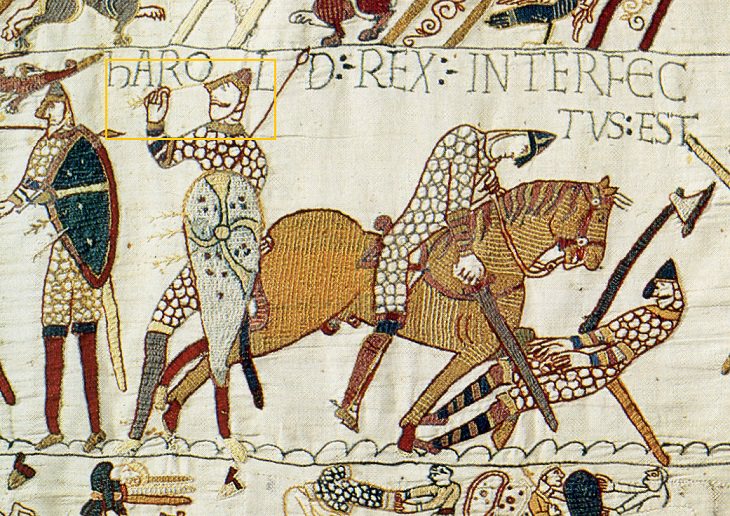
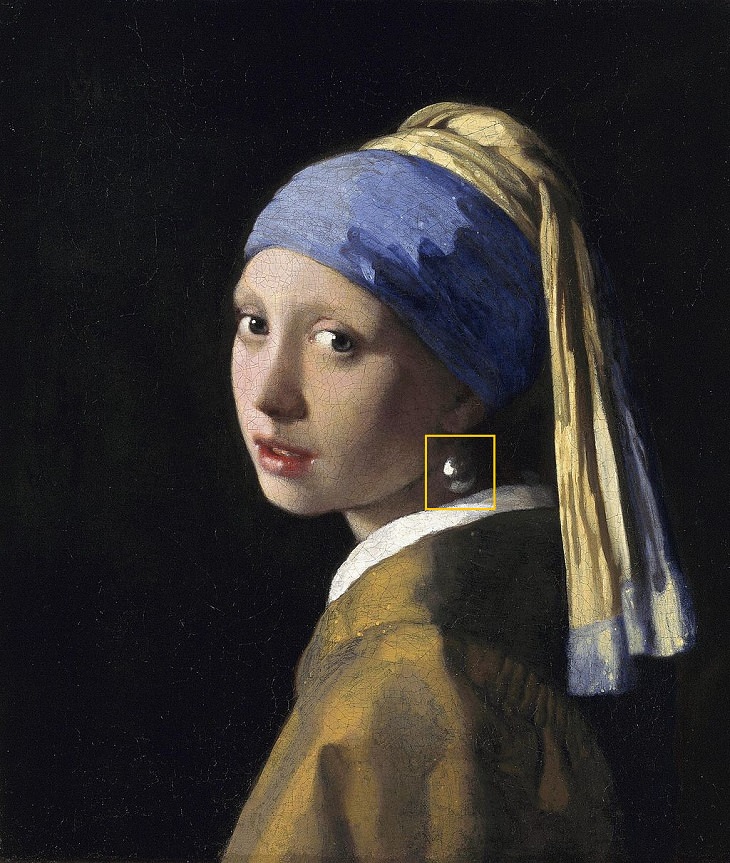
Art critics have claimed for some time now that the ghastly face in this expressionist icon was inspired by Peruvian mummies the artist had a chance to see one of the Parisian museums in 1890.
And yet, Grovier believes that it was the Munch’s technophobia that inspired the pasty and sallow face of the figure. If you look closer, it isn’t difficult to discern the shape of the light bulb in the shouting face.
